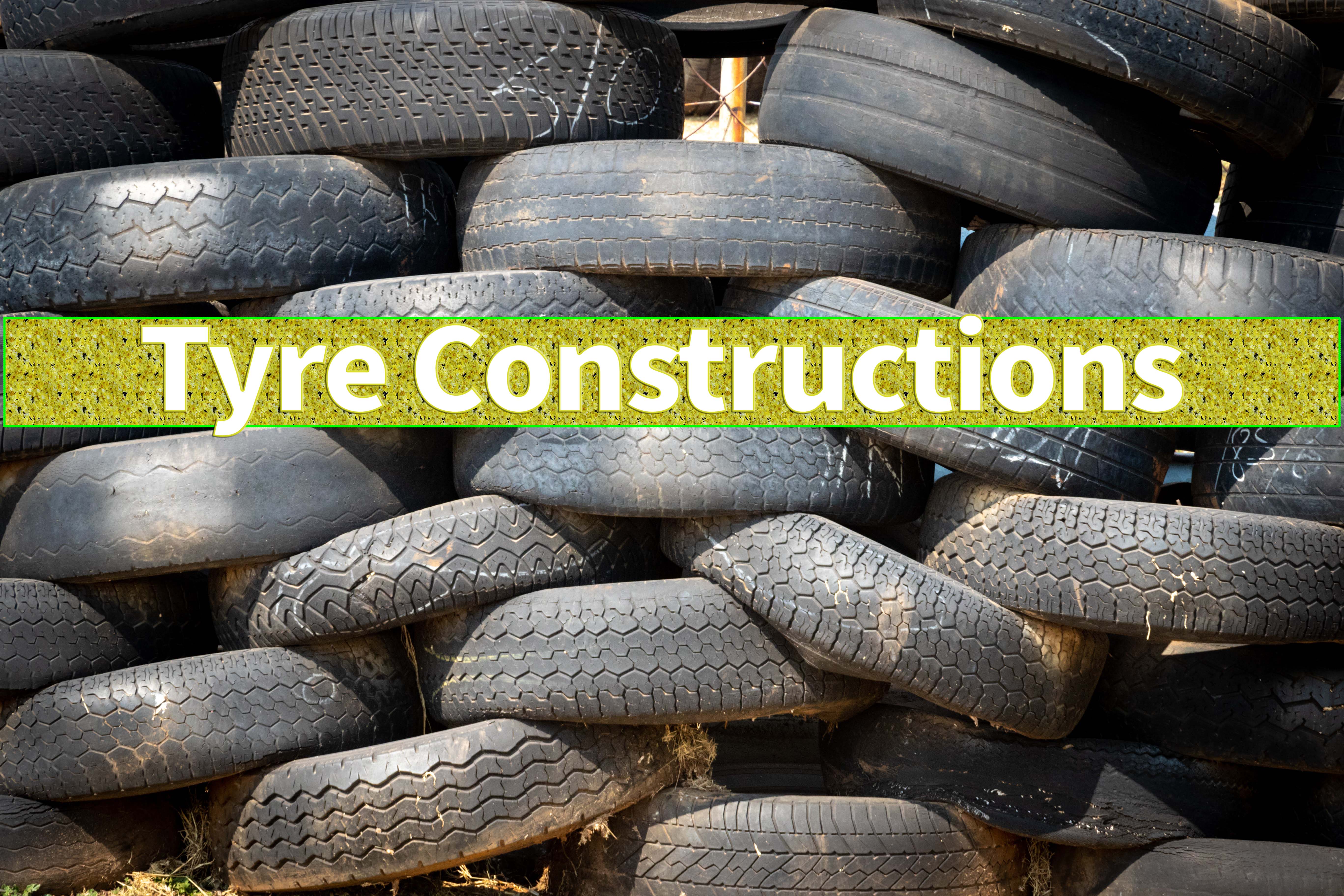Tyre Constructions
You may be aware that there are three types of tyre constructions, there are Radial Tyres, there are Bias Tyres and there are Solid Tyres. Each of these tyre types have certain benefits and those benefits mean that they work for certain applications.
Let’s firstly look at the radial tyres.
Radial tyres are built using steel cords. These steel cords start at the beads and travel across the tread. In form, the cords are placed almost at right angles from the mid-line of the tread. And each length of cord appears parallel to one another, extending up to below the tread. These cords are so built that they lend great strength to the tyres and help them retain the shape. A radial tyre’s sidewalls are more flexible than those of the bias tyres (which we will look at next) and that’s because of the steel reinforcements. And because the way these tyres are built, they offer lower rolling resistance leading to lower fuel consumption, better grip leading to better handling and overall a more comfortable ride even when the vehicle is moving fast. Radial tyres also handle heat better, do not deform easily, enable higher traction and are display better resistance to puncture relative to bias tyres.
Of course, there are negatives of a radial tyre as well. At slower speeds, the ride can get a bit harder and the same could happen also on rough roads and while off-roads.
In come the bias tyres.
A bias tyre is built on layers of rubber-coated mostly nylon fabric. The fabric criss-cross at about angles of 30-40 degrees. The construction design ensures that on rough roads a smooth ride is a welcome guarantee. The ride comfort is also superior even when the vehicle is carrying some heavy consignments of any kind. In fact, that is the reason why these tyres have not been replaced by any other tyre constructions in heavy vehicles. A put off of the bias tyre construction is that at top speeds the tyre would not give the confidence of safety to the rider. These tyres also heat up sooner, show wear and tyre sooner and are not particularly fuel efficient.
The toughie called solid tyres.
Solid tyres are as the name suggests, simply solid totally. You don’t fill air into these tyres because they are a bundle of rubber held tightly together. Solid tyres are built for the tough work. You will see them on industrial vehicles, forklifts, heavy-duty transportation, trucks and other industrial vehicles. Because of the way they are built, solid tyres do not get punctured. Solid tyres need zero maintenance, can handle heavy loads, and do not blow-up due to high pressure. Solid tyres are not candidates to ensure smooth or even fast rides.
If you need any help in building great tyres, you don’t need to go in radials. For unbiased and solid expertise in tyre construction, simply talk to someone at www.consultiger.com.












